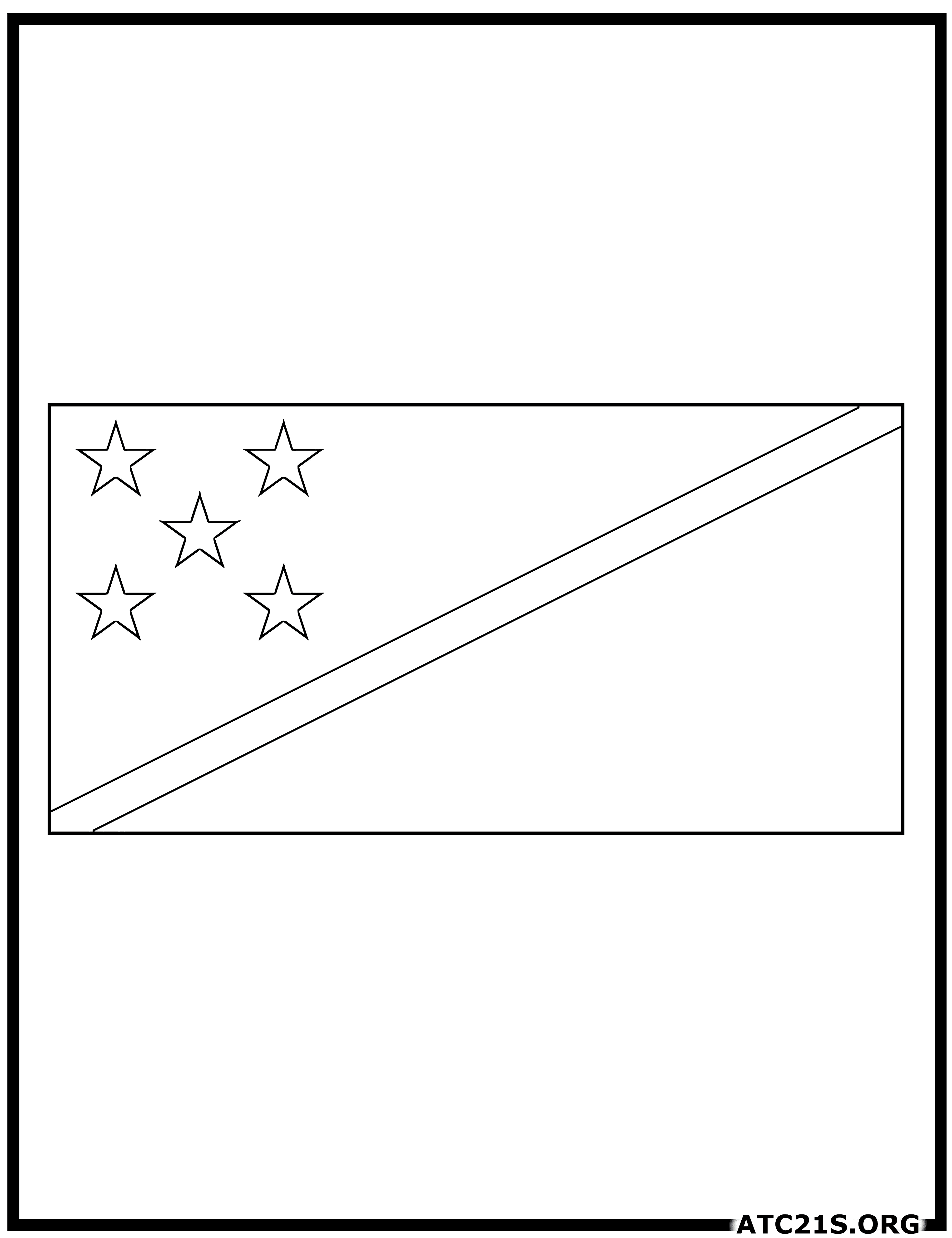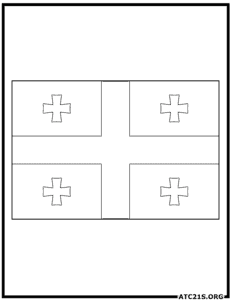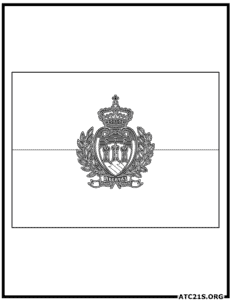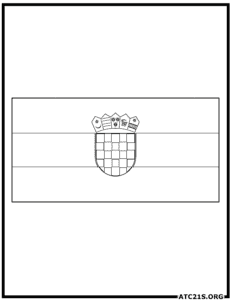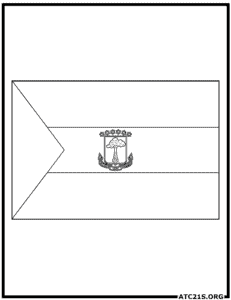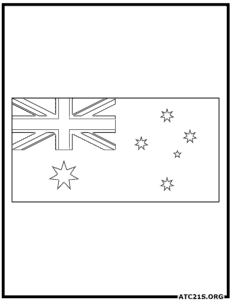Solomon Islands Flag Coloring Page Download
Solomon Islands Flag Description
The flag of the Solomon Islands is a symbol of the nation’s identity and represents its history, culture, and aspirations. It consists of a blue field with a yellow diagonal stripe running from the top left corner to the bottom right corner. The stripe is bordered by thin white lines on both sides.
The blue color of the flag represents the ocean surrounding the Solomon Islands, which is an important part of the country’s geography and economy. It also symbolizes the peaceful nature of the nation and its commitment to harmony and unity.
The yellow diagonal stripe represents the sun, which is a significant element in the Solomon Islands’ culture and mythology. The sun is often associated with warmth, light, and life, and it represents the hope and optimism of the people.
The white lines bordering the yellow stripe represent the purity and innocence of the Solomon Islands’ people. They also symbolize the peace and tranquility that the nation strives to maintain.
The flag of the Solomon Islands was officially adopted on November 18, 1977, when the country gained independence from the United Kingdom. However, the design of the flag has its roots in the colonial era.
During the late 19th century, the Solomon Islands became a British protectorate, and the Union Jack was used as the official flag. In 1960, a new flag was introduced, which featured the Union Jack in the canton and a blue field with a green diagonal stripe running from the top left corner to the bottom right corner. This flag represented the British colonial rule and the natural resources of the islands.
When the Solomon Islands gained independence, a competition was held to design a new flag that would reflect the nation’s identity and aspirations. The winning design was created by a local student named Susan Huhume, who was studying in New Zealand at the time.
Huhume’s design incorporated the colors and symbols that are significant to the Solomon Islands’ culture and history. The blue field represents the ocean, which is a vital part of the country’s economy and way of life. The yellow diagonal stripe represents the sun, which holds great cultural and mythological importance. The white lines symbolize purity and peace.
Since its adoption, the flag of the Solomon Islands has become a powerful symbol of national pride and unity. It is displayed on government buildings, schools, and other public places, and it is often flown during national holidays and events. The flag serves as a reminder of the country’s rich history, diverse culture, and the aspirations of its people.

